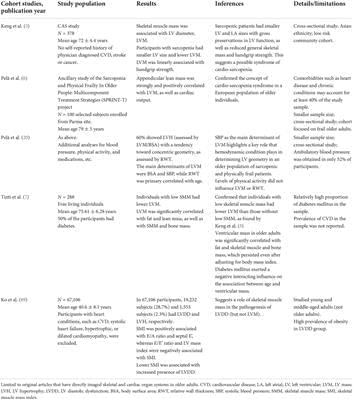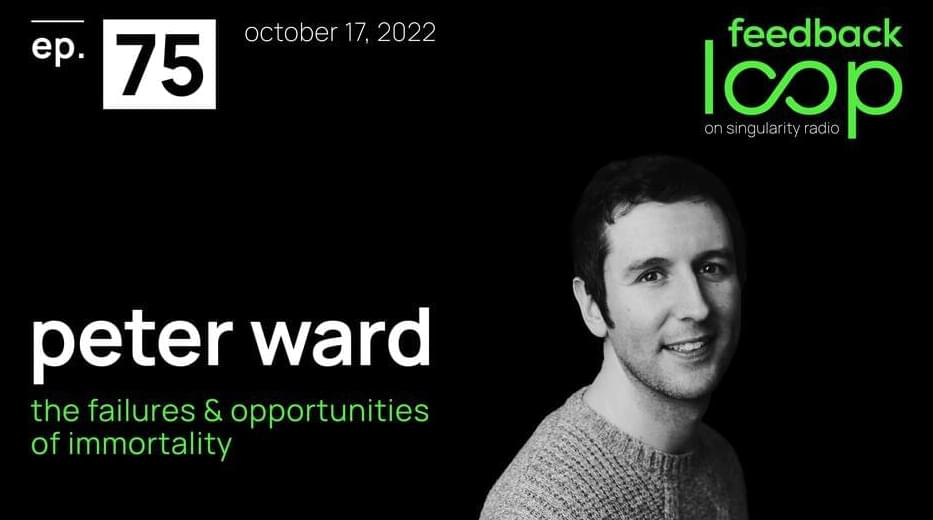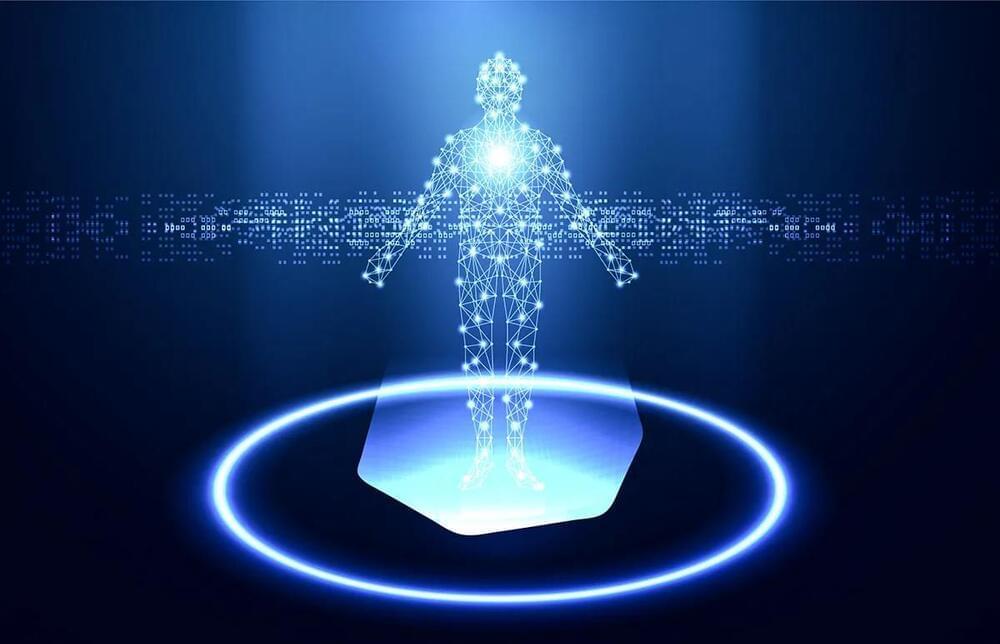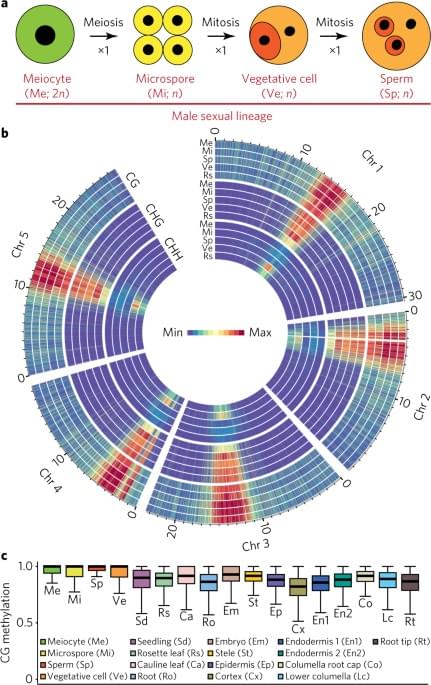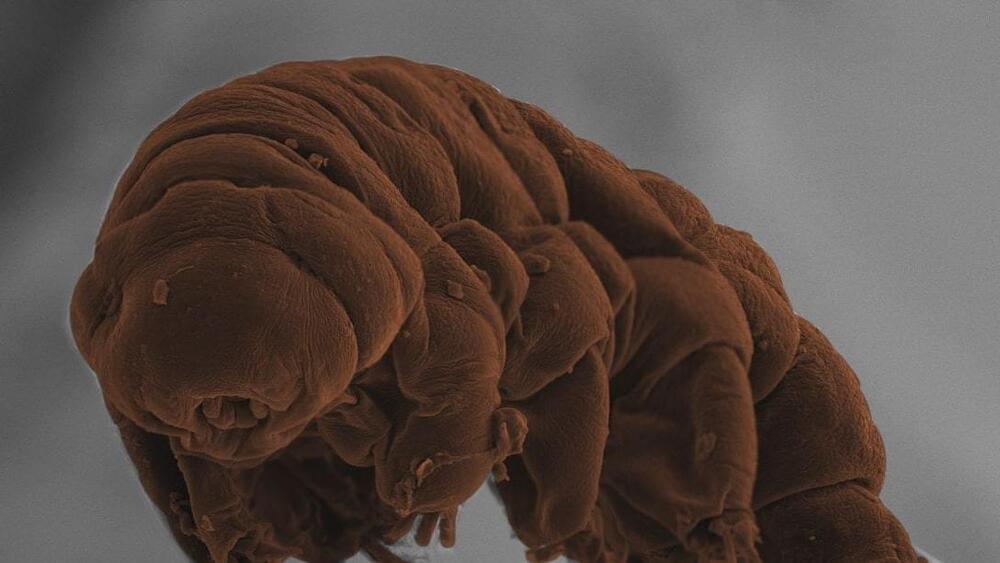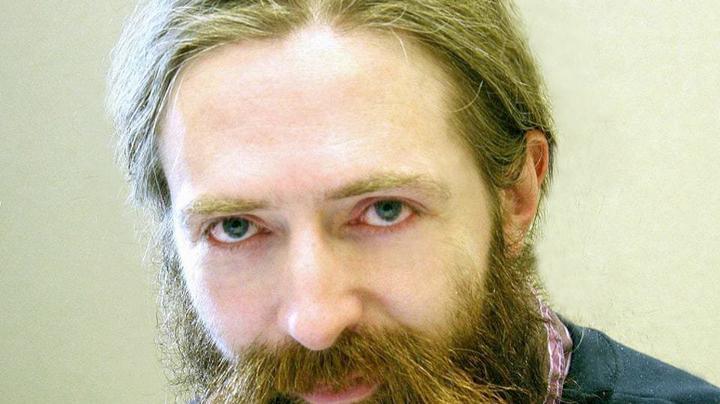Cajal Neuroscience, a biotechnology company integrating human genetics, functional genomics and advanced microscopy to discover novel targets and therapeutics for neurodegeneration, has launched with the completion of a $96 million Series A financing.
The financing was led by The Column Group and Lux Capital, with additional participation from Two Sigma Ventures, Evotec, Bristol Myers Squibb, Alexandria Venture Investments, Dolby Family Ventures and other investors.
Longevity. Technology: Seattle-based Cajal is committed to discovering novel therapeutics for neurodegeneration; by focusing on the mechanistic, spatial and temporal complexity of neurodegeneration, the biotech’s powerful platform is designed to unlock the complexity of disease at unprecedented scale, and integrates expertise in neuroscience, neuroanatomy and computational biology with state-of-the-art technologies for high-throughput functional validation.

